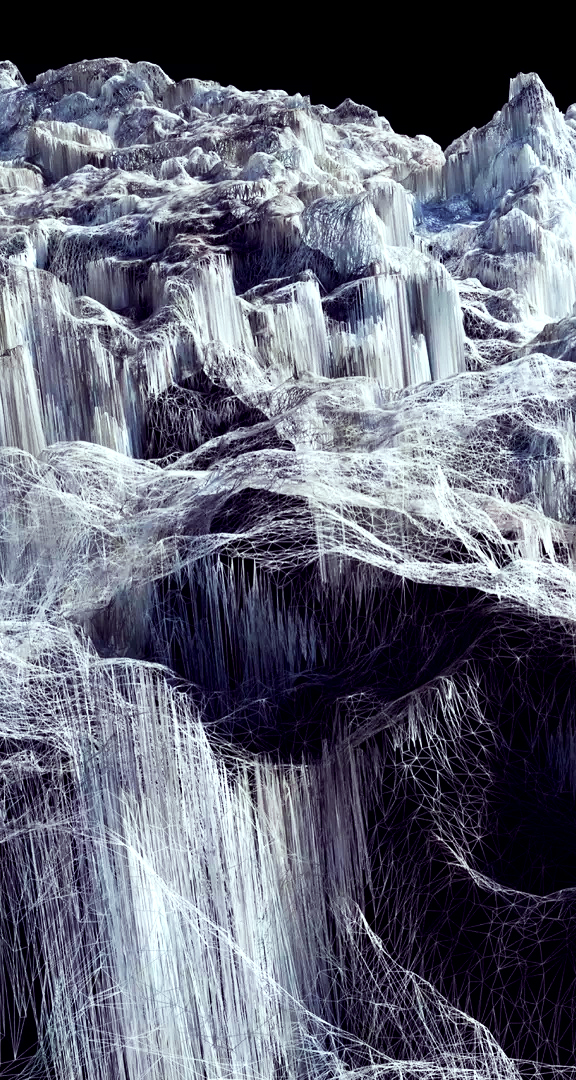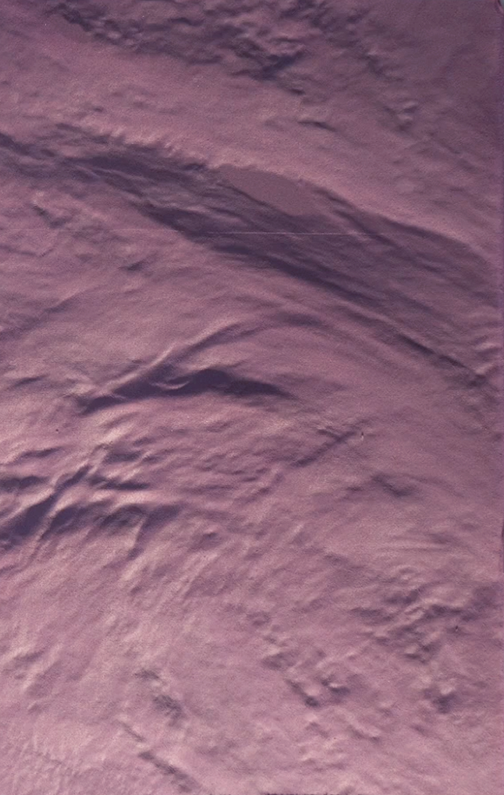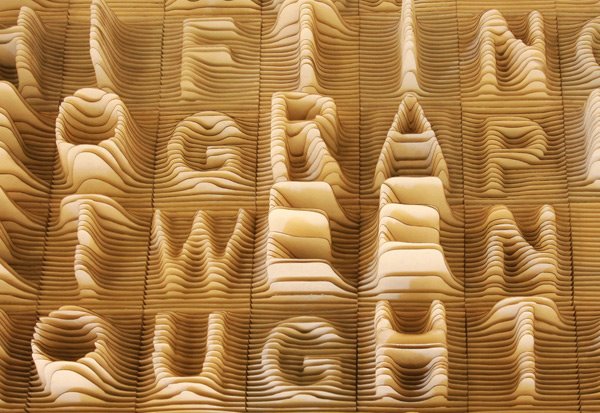
Jeppe Hein
Path of silence
Inspired by the remarkable topography of the landscape of the Kistefos Sculpture Park, the stepped slope and terraces beside the Industry Museum, where the power and energy of water is directly visible and gives the site a special quality, a free form is adapted to the shape of this landscape, thus creating a dialogue between the place and the object. The sculpture is defined by an extensive mirror labyrinth that encloses three spaces of silence: A contemplative space, where an enclosure of high mirror steles promotes an upward glance to the sky, a natural space, where a tree inside the sculpture links the inside with the outside and an active space where walls of water appear and disappear, thus offering ever-changing perspectives of the surroundings.










